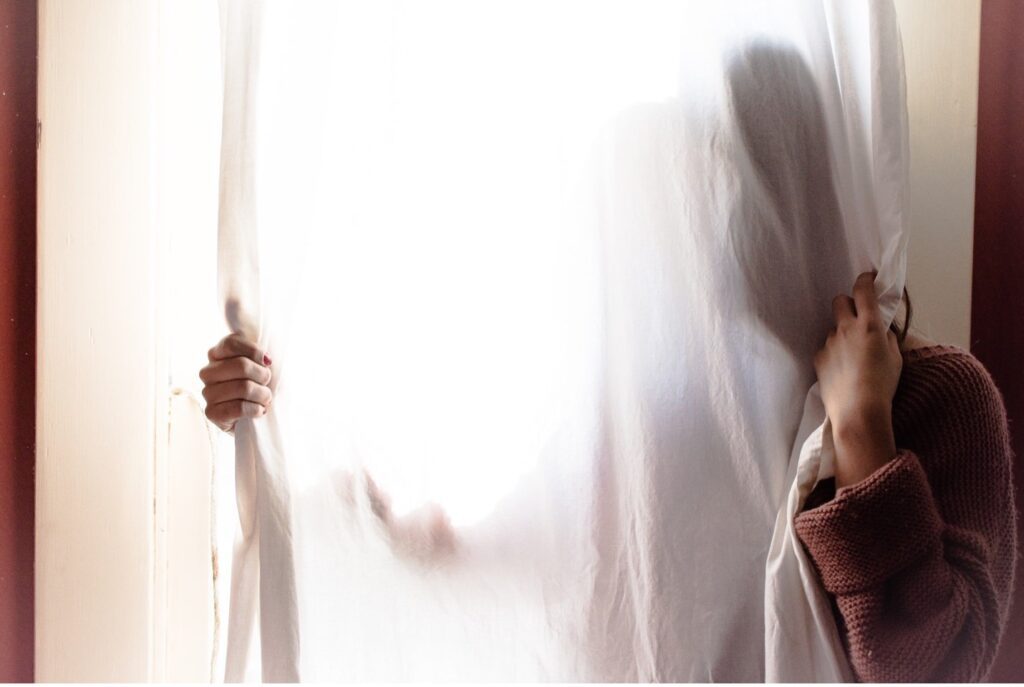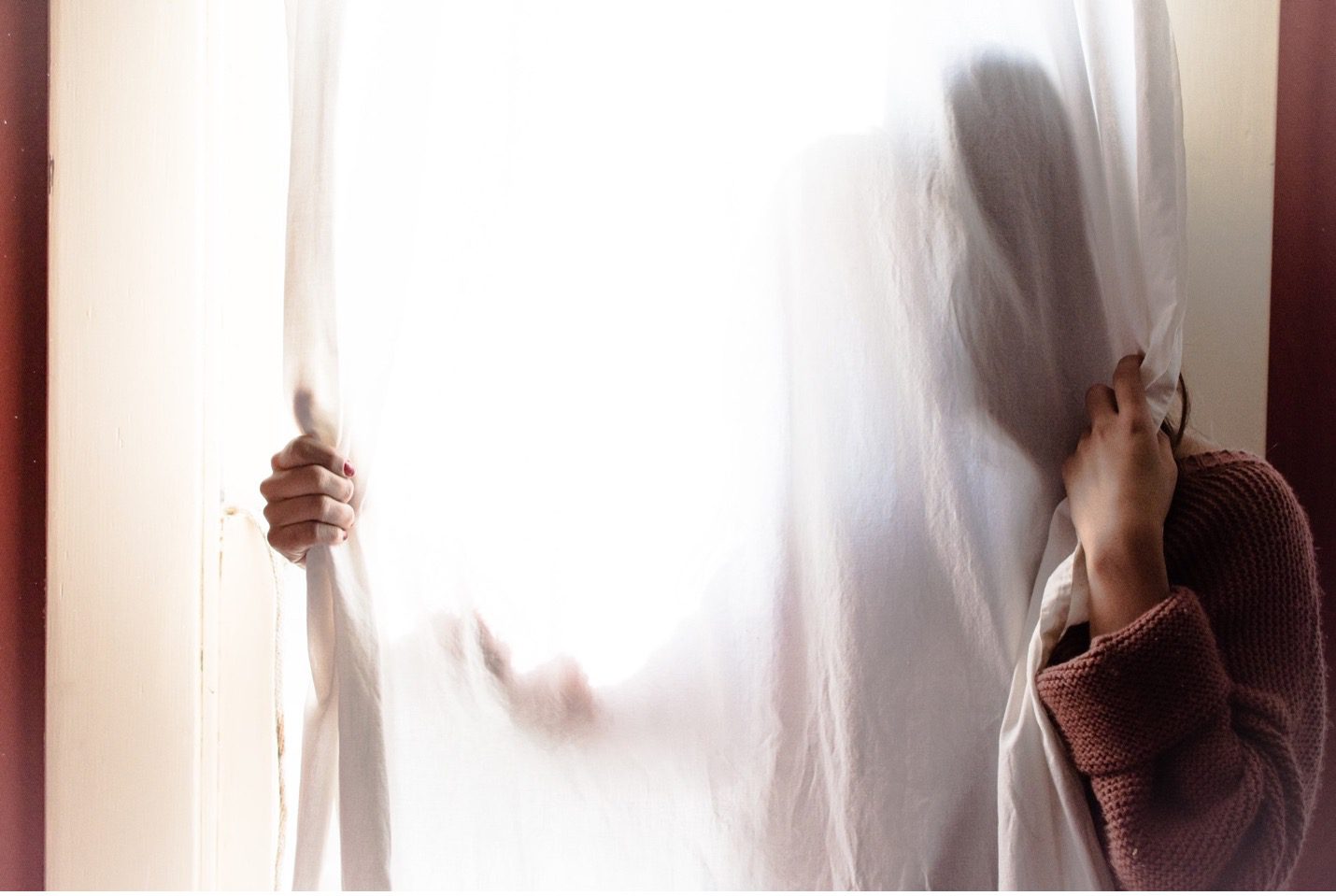Each month, we are examining the core principles of one of the ten concepts of the WELL Building Standard. The Standard identifies over 100 performance metrics, design strategies, and policies that are divided into ten sections or concepts: Air, Water, Nourishment, Light, Movement, Thermal Comfort, Sound, Materials, Mind, and Community. This month, we’re learning more about the Mind Concept.

MIND CONCEPT
INTRODUCTION
The WELL Building Standard recognizes that the built environment can have a significant impact on occupants’ mental health and wellbeing, and seeks to promote design and construction practices that support a healthy and productive indoor environment.
The Mind concept of the WELL Building Standard is a powerful tool for promoting mental health and wellbeing in the built environment. Mental health is not just the absence of a mental disease or disorder, but encompasses a state of wellbeing in which individuals are able to live to their fullest potential, cope with the normal stresses of life, work productively, and contribute to their community.
GOALS
The WELL Mind concept seeks to address the drivers of mental health with a diverse set of interventions. These include improvements to mental health literacy, efforts to reduce stigma, provision of healthy living and working conditions, and strategies that address gaps in access to mental health, substance use, and addiction services and treatment.
As mental health conditions are prevalent among the working population, the workplace is now being viewed as a crucial area for mental health promotion, prevention, and interventions. Some of the ways that employers and organizations can address mental health in the workplace include:
- Quiet spaces: The provision of quiet spaces where occupants can relax, meditate, or engage in other restorative activities, can relieve negative symptoms associated with anxiety, depression, pain and stress, and enhance overall perceived health. These spaces should be designed to minimize distractions and promote relaxation.
- Biophilic design: Biophilic design, which incorporates natural elements into the built environment, can have restorative benefits by promoting stress reduction, mood improvement, and cognitive restoration. The WELL Building Standard includes requirements for biophilic design elements, such as access to natural light, views of nature, and the use of natural materials.
- Access to nature: The provision of outdoor spaces and access to nature, such as green roofs, courtyards, or parks, can have restorative benefits by promoting stress reduction, mood improvement, and cognitive restoration.
- Fitness and wellness programs: Offering fitness and wellness programs, such as yoga classes or meditation sessions, can help to promote stress reduction, mood improvement, and cognitive restoration.
- Mindful eating: Setting requirements for healthy food options and encouraging mindful eating practices, such as taking time to savor food and eat in a relaxed environment, can help to promote relaxation and reduce stress.
- Tobacco cessation support: Providing resources and support for tobacco cessation, such as access to smoking cessation programs and nicotine replacement therapy, can help occupants who are trying to quit smoking or using other tobacco products to do so successfully.
- Substance abuse support: Providing resources and support for substance abuse, such as access to employee assistance programs (EAPs) and addiction treatment programs, can help occupants who are struggling with substance abuse to get the help they need to recover.
- Health promotion programs: The provision of health promotion programs, such as wellness coaching and nutrition counseling, can help to encourage healthier lifestyles and prevent substance abuse and chronic illnesses.
- Education and awareness: Building owners and designers are encouraged to provide resources and information to occupants on the risks of tobacco and substance abuse, as well as strategies for prevention and recovery.
COMMON MENTAL HEALTH CONCERNS IN THE WORKPLACE
- Chronic stress
- Depression
- Anxiety disorders
- Drug and alcohol abuse
- Suicide ideation or attempts
- Premature death or disability related to mental health condition
- Increased risk of other health concerns like diabetes, asthma, cardiovascular disease, and cancer
STRATEGIES TO PROMOTE MENTAL HEALTH IN THE WORKPLACE
- Mindfulness programming
- Restorative spaces
- Support of optimal sleep
- Contact with nature in built spaces
- Improving mental health literacy
- Reducing mental health stigmas
- Provision of healthy living and working conditions
- Provision of stress management programs
- Access to mental health support
- Access to substance abuse and addiction services and treatment

At TSD we believe it is important for both professionals (architects, interior designers, and contractors) as well as building users (homeowners, business owners, school administration, maintenance personnel, etc.) to understand the problems as well as the potential solutions for creating and maintaining healthy interior spaces. By incorporating design, policy, and programmatic strategies into the built environment, building owners and designers can promote a healthier and more productive indoor environment for occupants, positively impacting the short- and long-term mental health and wellbeing of individuals of diverse backgrounds throughout a community.
If you want to know more about making your home or office a safer and healthier environment, reach out to us by email or DM us on Instagram. Also, stay tuned next month when we introduce the tenth and final WELL concept: Community.

Taleah Smith Design is an interior design studio based in Vancouver, British Columbia. We specialize in interior design that promotes wellness and sustainability. We believe your living space should promote a greater sense of health and wellbeing, and we approach this goal from many difference angles. If you would like to discuss a project, you can reach out to us here.
We also provide resources and consulting for other interior designers looking to integrate wellness and sustainability into their design practices. If you would like to learn more, contact us here.
